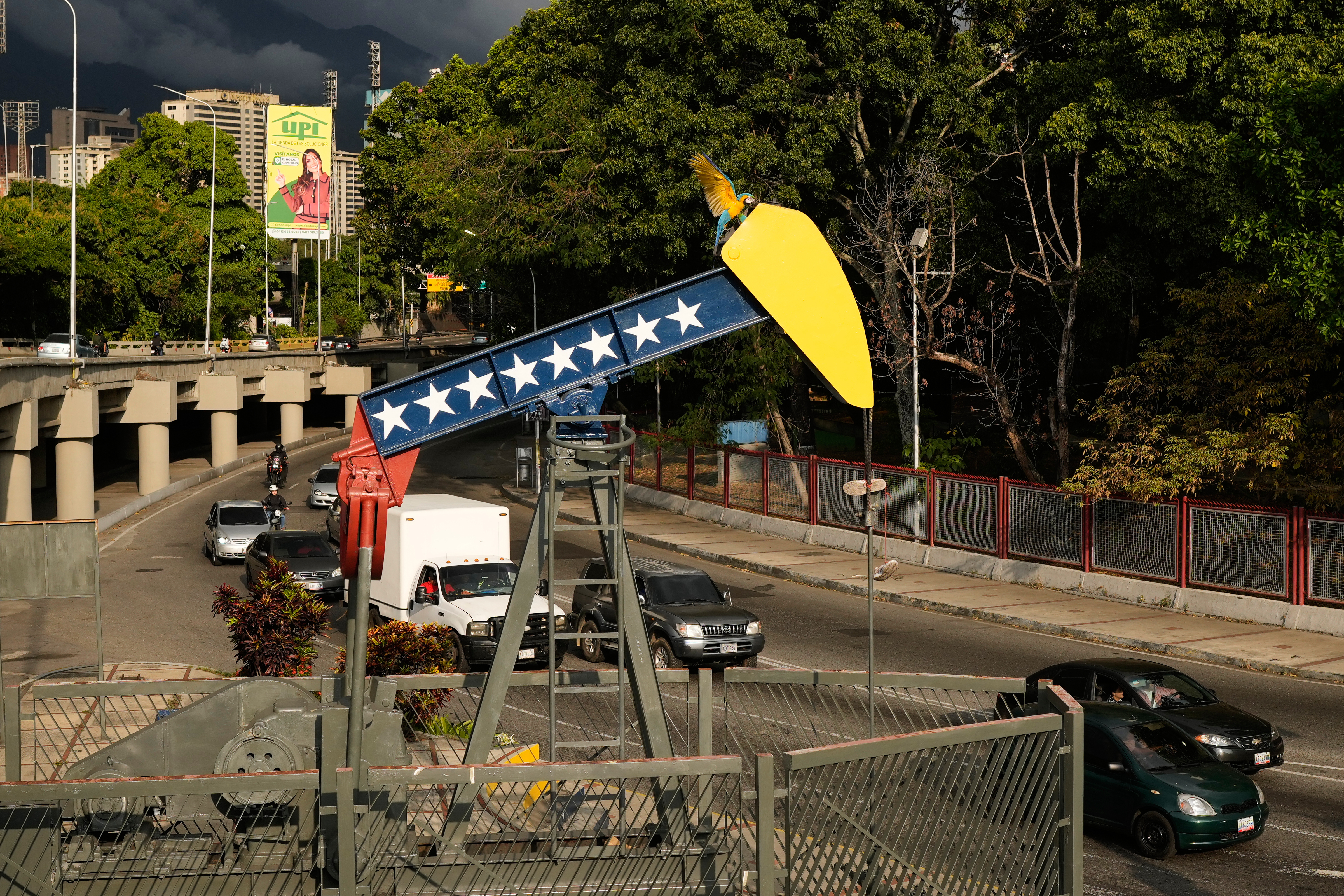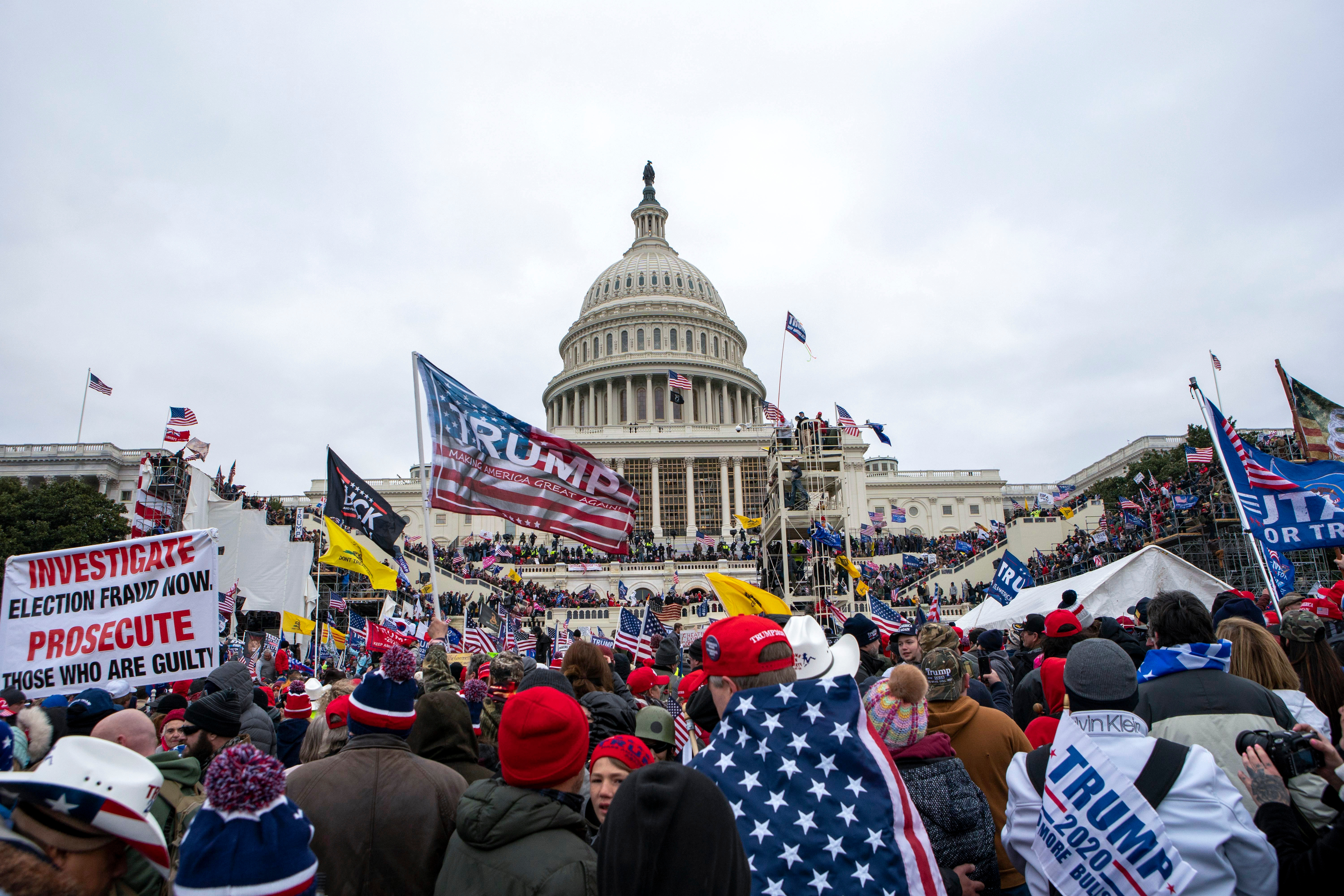Eight months after deadly wildfires ravaged Maui, Hawaiian officials have released some of the findings from an independent investigation.
The state's attorney general, Anne Lopez, released the first phase of information on Wednesday, and it looked at the events that transpired over the 72 hours after the fire started.
Four hundred pages of weather reports, topography maps, interviews and social media posts lay out an incredibly detailed timeline of the deadly Lahaina fire that killed 101 people last summer.
Rebecca Lauricella explained how she still feels broken after losing her home to the Lahaina fire last August.
"Everyone is accountable, so why isn’t our government agency being accountable?” said Lauricella.
The report on the fire was prepared in conjunction with the Fire Safety Research Institute, and it lays out the timeline of the fire and the factors that made it so deadly, including high winds and low humidity, among other factors, but it does not delve into why it happened nor blame first responders, a common critique among locals after the fire.
“We are grossly understaffed, undertrained, underequipped," said Lauricella, who is a former fire marshal and employee for Maui’s Emergency Management Agency. She knows the inner workings of how the response came together, and the pain of what she says are some of its shortcomings.
"There’s nothing that could’ve prepared the highest level of training and preparation for what I saw," said Lauricella.
Less than a year after the fire, Lauricella says she’s not seeing enough help for the rebuilding of Lahaina and the recovery of her community’s mental health.
Going forward, the report states that “questions linger about the adequacy of warning systems, evacuation planning, and the preparedness of communities for such fire events.”
Answers to those questions may be revealed in phase two of the attorney general's office's investigation, which is expected to be released later this year.

Senate hearings examine response to increasing wildfire threat
The U.S Fire Administration and the Department of Homeland Security have 148 recommendations, but their top concerns are preparing communities.











